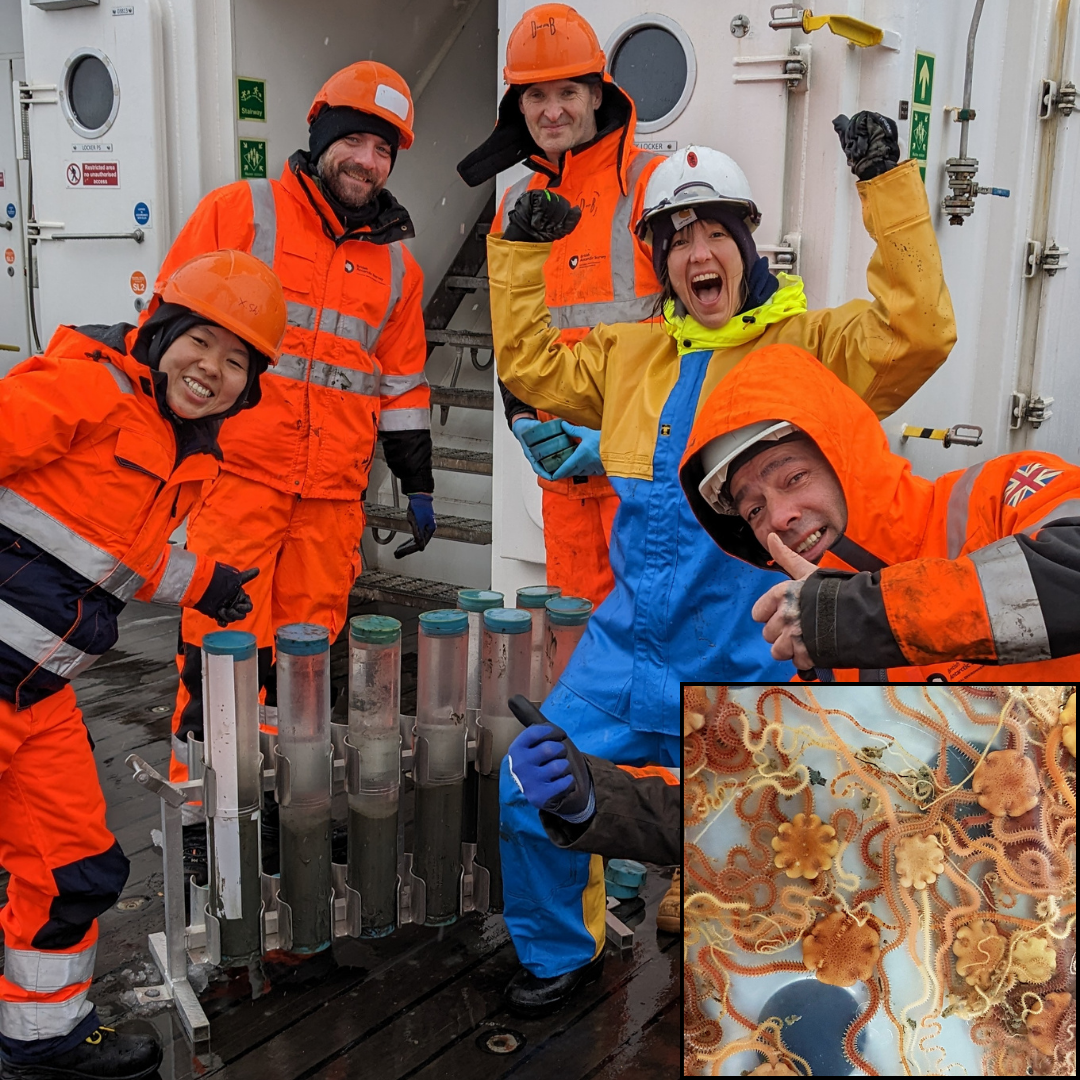 IMAGE COPYRIGHT EBIC
IMAGE COPYRIGHT EBIC Advancing the field of environmental biotechnology
Engineering and biology might sound like very different subjects - but by putting together we can do so much more, and we'd love to share this with you!
The Environmental Biotechnology Innovation Centre (EBIC) is made up of 10 universities from around the UK, including Southampton. We're working together to use engineering and biology to solve some of our biggest environmental challenges. Come and meet our scientists and learn all about the technologies we're working on, such as synthetic biology, biotechnology, computation modelling and engineering science.
Through collaborative efforts and innovative approaches, EBIC strives to address environmental challenges and foster sustainable solutions for the benefit of society. From new sensors that help us to better monitor the environment (biosensing), and innovative ways to clean up pollution in the air and soils (bioremediation), to wastewater management, and advancing resource recovery - synthetic biology is helping us all!
The Environmental Biotechnology Innovation Centre (EBIC) is made up of 10 universities from around the UK, including Southampton. We're working together to use engineering and biology to solve some of our biggest environmental challenges. Come and meet our scientists and learn all about the technologies we're working on, such as synthetic biology, biotechnology, computation modelling and engineering science.
Through collaborative efforts and innovative approaches, EBIC strives to address environmental challenges and foster sustainable solutions for the benefit of society. From new sensors that help us to better monitor the environment (biosensing), and innovative ways to clean up pollution in the air and soils (bioremediation), to wastewater management, and advancing resource recovery - synthetic biology is helping us all!
You may also like

TRI-SoMe Chicken: Feeding your Chicken
What do you need to 'build' a chicken to eat as meat? What has making chicken for meat got to do with resilience - of the UK food system and of individual consumers (human and avia ...Read More
Highfield Campus

Mud, Microscopes, and Measuring the Unmeasurable
Hidden beneath and between each tide lies a world wholly unto itself; an exciting frontier for the world of science, and home to some of the most under-rated organisms on Earth. ...Read More
Highfield Campus
 - v2.jpg)
